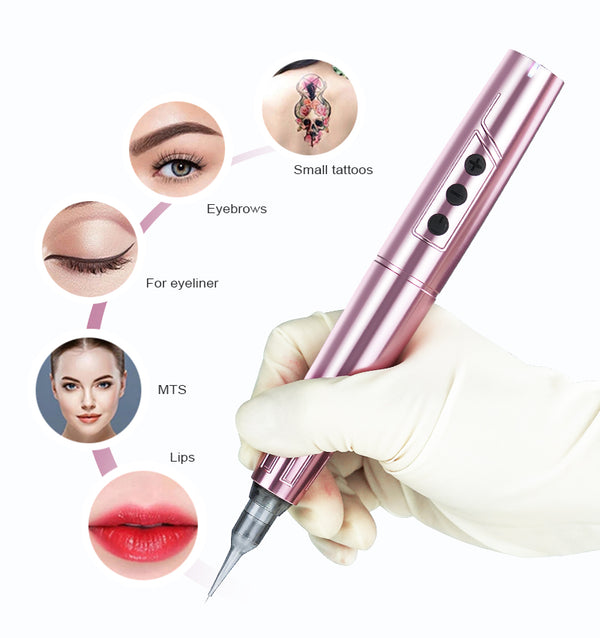In the world of printing and labeling, thermal transfer sheets play a crucial role. These specialized sheets are designed to transfer ink onto various surfaces using heat. But how exactly do they work, and what are their applications? This article delves into the science behind thermal transfer sheets, exploring their mechanisms and diverse uses.

Understanding Thermal Transfer Sheets
Thermal transfer sheets consist of a thin layer of ink that is coated onto a substrate. When heat is applied, the ink melts and adheres to the surface of the material being printed on. This process is not only efficient but also produces high-quality, durable prints. The versatility of thermal transfer sheets allows them to be used on a variety of materials, including paper, plastic, and fabric.
How Do Thermal Transfer Sheets Work?
The operation of thermal transfer sheets can be broken down into several key steps:
- The thermal transfer printer heats the print head.
- The heated print head contacts the thermal transfer sheet.
- The heat causes the ink to melt and transfer onto the substrate.
- The print head moves, allowing for continuous printing.
This process ensures that the prints are not only vibrant but also resistant to fading and smudging, making them ideal for labels and tags that require longevity.
Applications of Thermal Transfer Sheets
Thermal transfer sheets are widely used across various industries. Here are some notable applications:
- Labeling: They are commonly used for creating product labels, shipping labels, and barcodes.
- Textiles: In the fashion industry, thermal transfer sheets are used for printing designs on clothing and accessories.
- Medical: Hospitals and clinics utilize thermal transfer sheets for patient identification wristbands and medication labels.
- Packaging: They are essential in packaging for printing expiration dates and batch numbers.
Choosing the Right Thermal Transfer Sheets
When selecting thermal transfer sheets, consider the following factors:
- Compatibility with your printer model.
- The type of substrate you will be printing on.
- The desired durability of the print.
By understanding these factors, you can ensure optimal results in your printing projects.
Conclusion
In summary, thermal transfer sheets are an essential component in modern printing technology. Their ability to produce high-quality, durable prints makes them invaluable across various sectors. Whether you are in the textile industry or need reliable labeling solutions, understanding the science behind thermal transfer sheets can enhance your printing endeavors. For those interested in exploring more about thermal transfer sheets and related products, visit .




